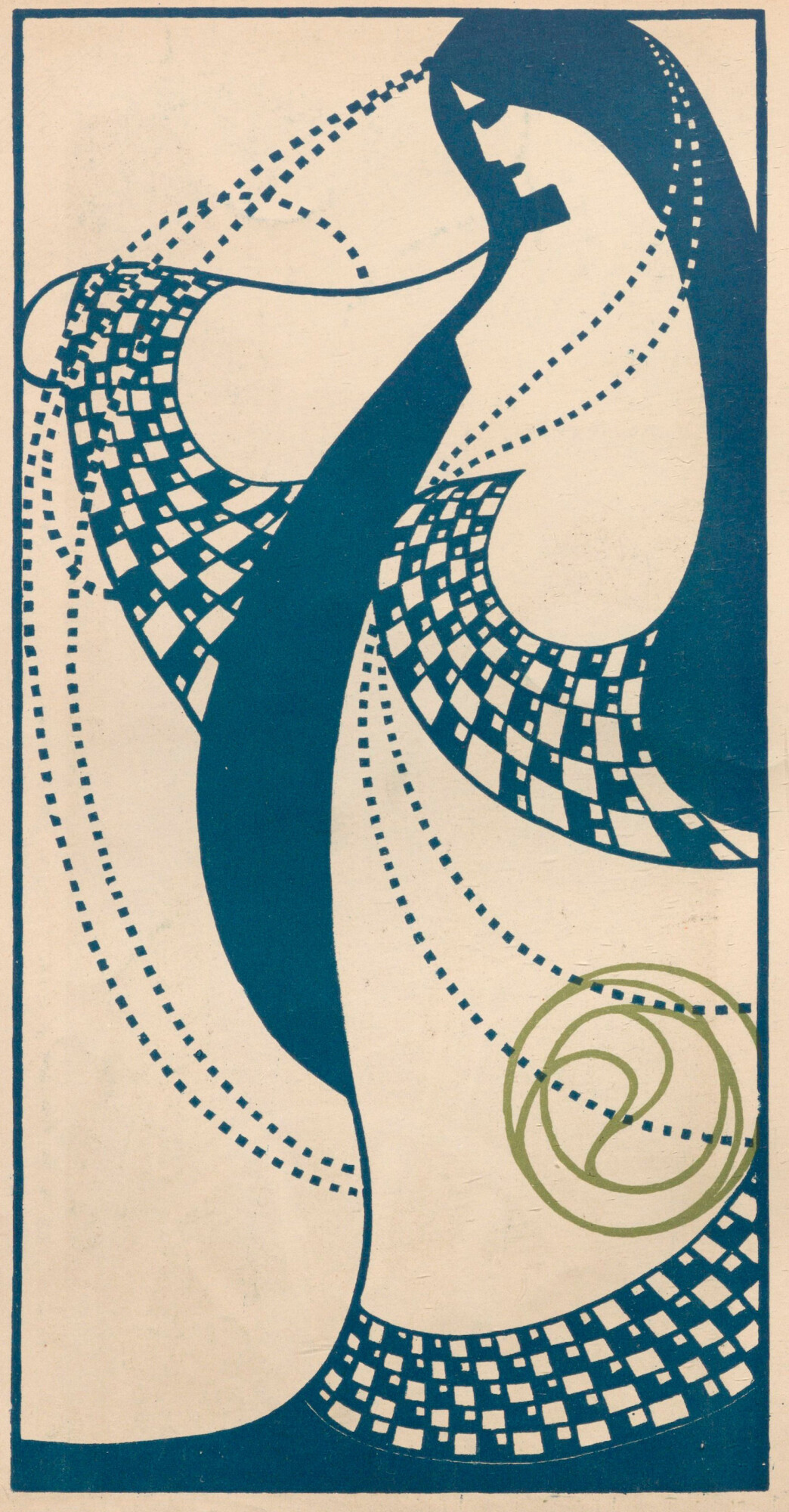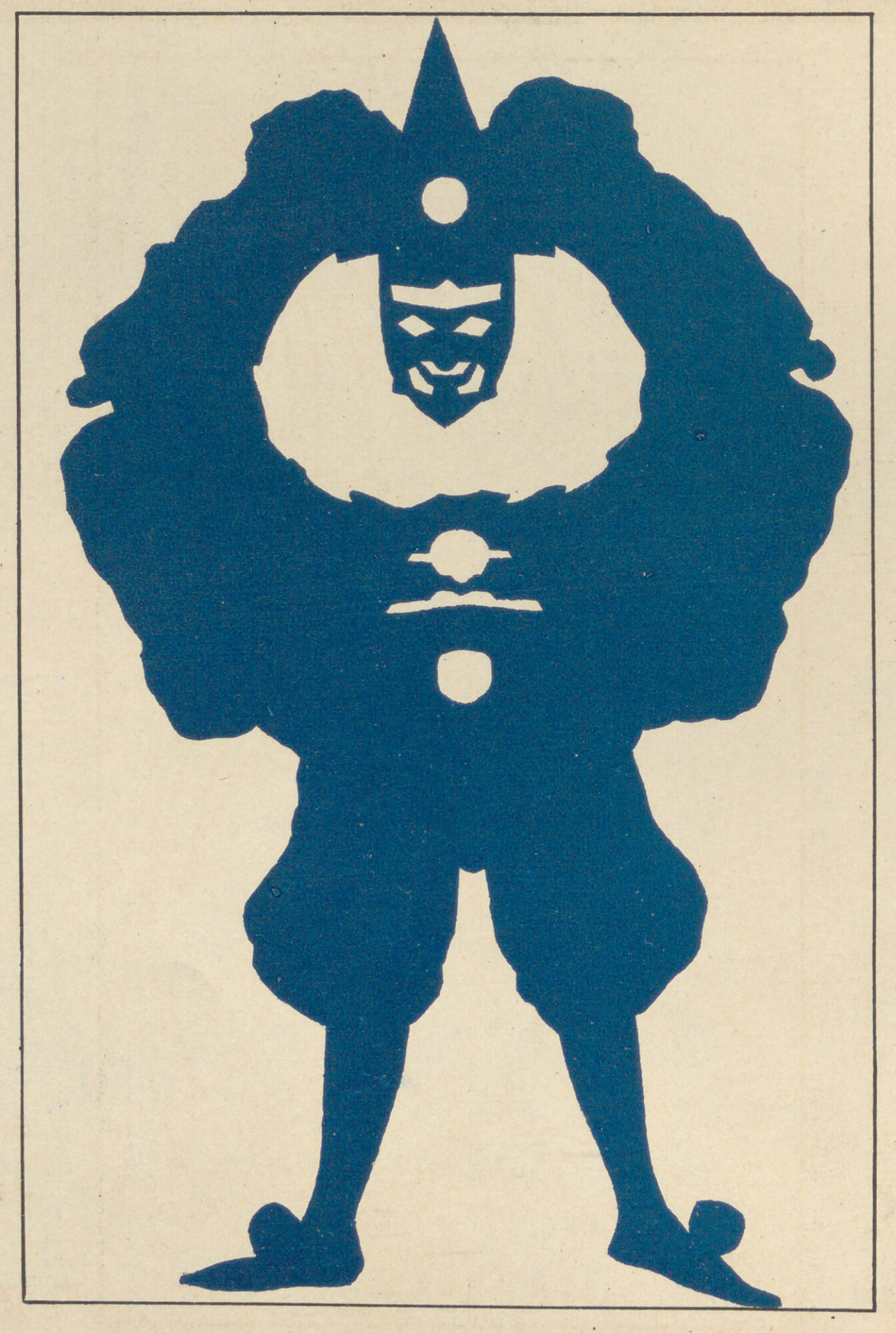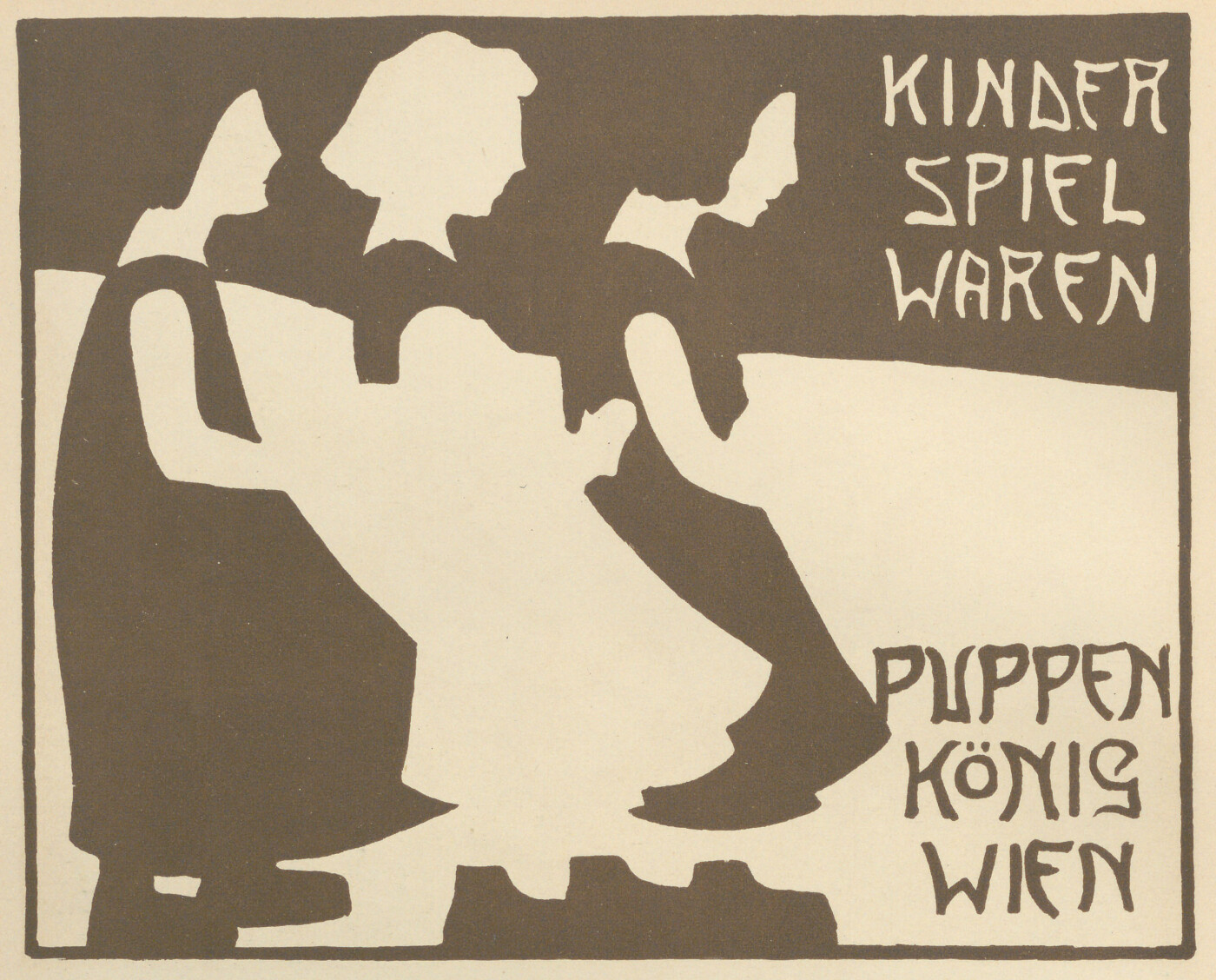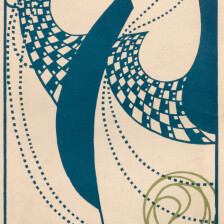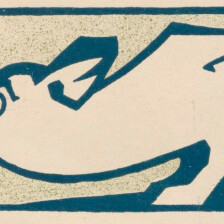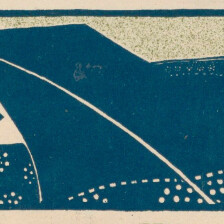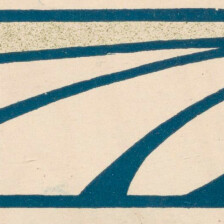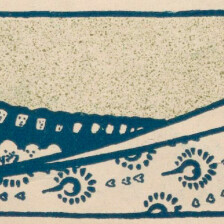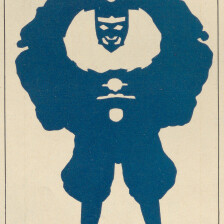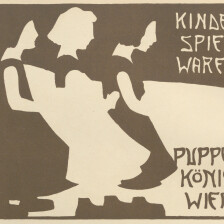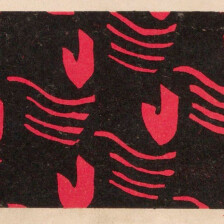Mileva Roller
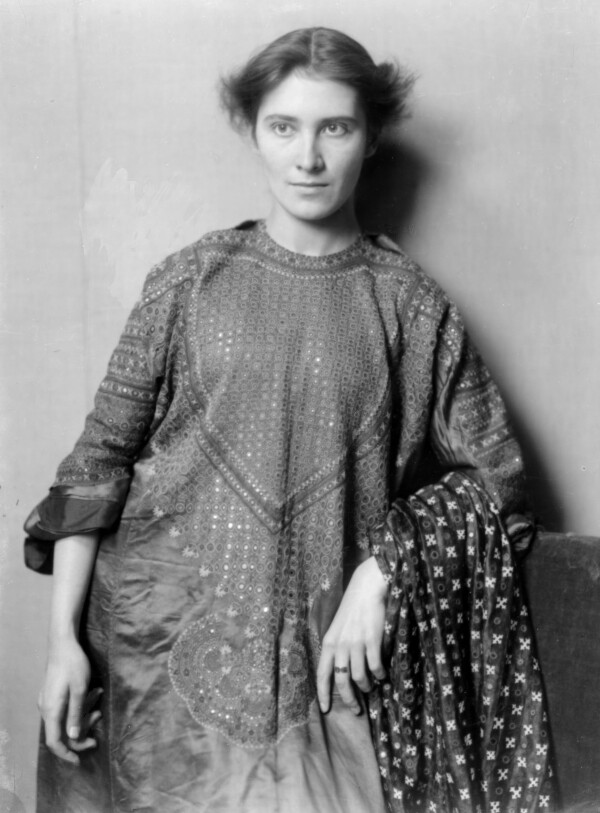
Mileva Roller photographed by Madame d'Ora, 1908, Austrian National Library, Vienna
© Picture Archives and Graphics Department, Austrian National Library
Mileva Roller was an Austrian painter and graphic artist. She married the established artist and art teacher Alfred Roller in 1906. She worked in the sphere of the Vienna Secession, participated in the “Kunstschau Wien” and was a member of the Austrian Artists’ League. Her close friends included Gustav Klimt, the Teschners and the Hofmannsthals.
Mileva Antonia Roller, née Stoisavljevic, was born in Innsbruck on 18 February 1886. She was the daughter of the Austrian-Serbian artillery officer Miloš Stoisavljevic and Adelheid Paukert-Hohenauer, a teacher of porcelain, textile and glass painting at the Vienna Art School for Women and Girls. Apart from her brother Raoul Stoisavljevic, Mileva also had a half-sister from her mother’s second marriage.
Training and Early Success
Mileva studied with Rudolf von Larisch, Carl Otto Czeschka, Franz Metzner and her future husband Alfred Roller at the Imperial-Royal School of Arts and Crafts from 1901 to 1904. Roller, in particular, promoted his young student, in whom he saw much potential. This is why in 1902, while she was still a student, Mileva was able to publish numerous works in the reference book Die Fläche, edited by Roller, Kolo Moser, Felician Myrbach and Josef Hoffmann. Mileva created business cards, end papers, poster designs and various decorative vignettes as illustrations for the publication, which was intended to provide designs and inspiration for modern everyday graphics.
Contributions to “Die Fläche”
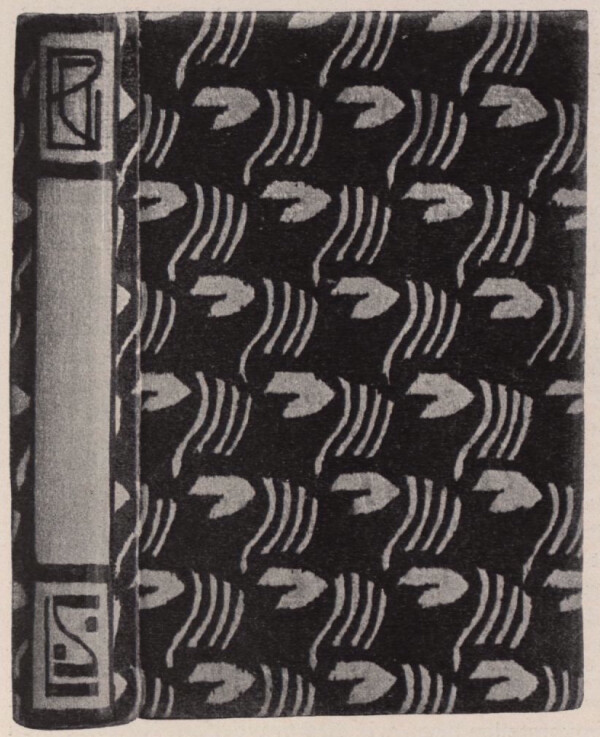
Mileva Roller: Book cover, around 1903 at the exhibition of the Vienna School of Arts and Crafts, in: Kunst und Kunsthandwerk. Monatsschrift des k. k. Österreichischen Museums für Kunst und Industrie, 6. Jg., Heft 5 (1903).
© MAK
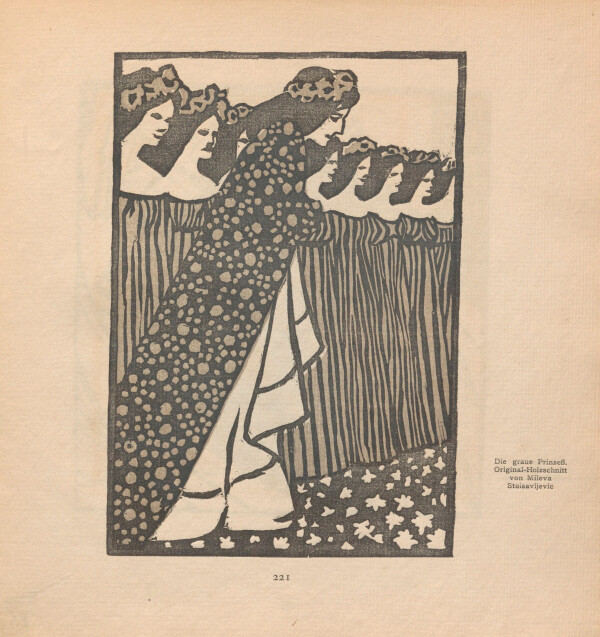
Mileva Roller: The gray princess, around 1903, in: Vereinigung bildender KünstlerInnen Wiener Secession (Hg.): Ver Sacrum. Mitteilungen der Vereinigung bildender Künstler Österreichs, 6. Jg., Heft 12 (1903).
© MAK
These designs show Mileva’s skilled use of the medium of woodcuts. Her style betrays the influence of her Secessionist teachers and mentors, with depictions marked by clear contours and the ornamental dissolution of image objects in planar decorative patterns. Her poster design featuring a dancer in issue 9 not only displays the growing trend towards squares promoted by Hoffmann at the time, but in its curved, planar and silhouetted color fields also anticipates the poster designs for dancers created by Emil Pirchan in the 1910s.
At the annual exhibition of the Imperial-Royal School of Arts and Crafts in 1903, Mileva presented a book cover with the same pattern that had been used for Die Fläche the year before. The initials on the spine strongly resemble the artists’ signets the Secessionists had designed for the catalogue of their “Beethoven Exhibition” in 1902.
Exhibitions and Artists’ Associations
Because of her relationship with Alfred Roller, Mileva socialized with the artists of the Secession, whose art had a lasting impact on her work. Since the Secession did not accept female members until 1949, Mileva was herself no member of the association. Nevertheless, one of her woodcuts was published in the 12th issue of the association’s magazine Ver Sacrum in 1903.
The graphic work titled The Gray Princess not only shows the artist’s predilection for dividing her compositions into patterned fields, but also betrays Mileva’s passion for modern fashion. The depicted women are wearing so-called reform dresses, modern, corset-free garments for women made mostly from fabrics with ornamental patterns. Their development was closely connected to the rise of the women’s rights movement. The use of reform dresses in her works offered Mileva a new perspective on the female body and enabled her to establish amorphous, flowing silhouettes. Mileva preferred this contemporary fashion – which was especially popular in Secessionist circles – in her private life as well. This is illustrated by her extensive collection of modern reform dresses from around 1900, which now forms part of the textile collection of the University of Applied Arts. Mileva also owned several garments and pieces of jewelry designed by the Wiener Werkstätte as well as by her good friend Magda Mautner-Markhof.
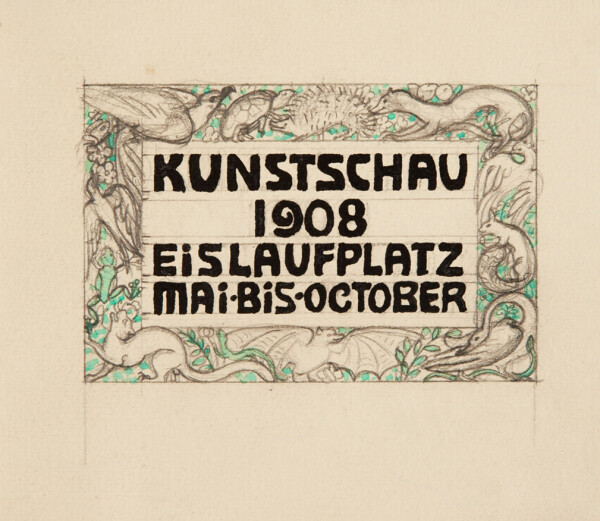
Mileva Roller: Design for a vignette for the Vienna Art Show 1908, Theatermuseum, Vienna
© KHM-Museumsverband
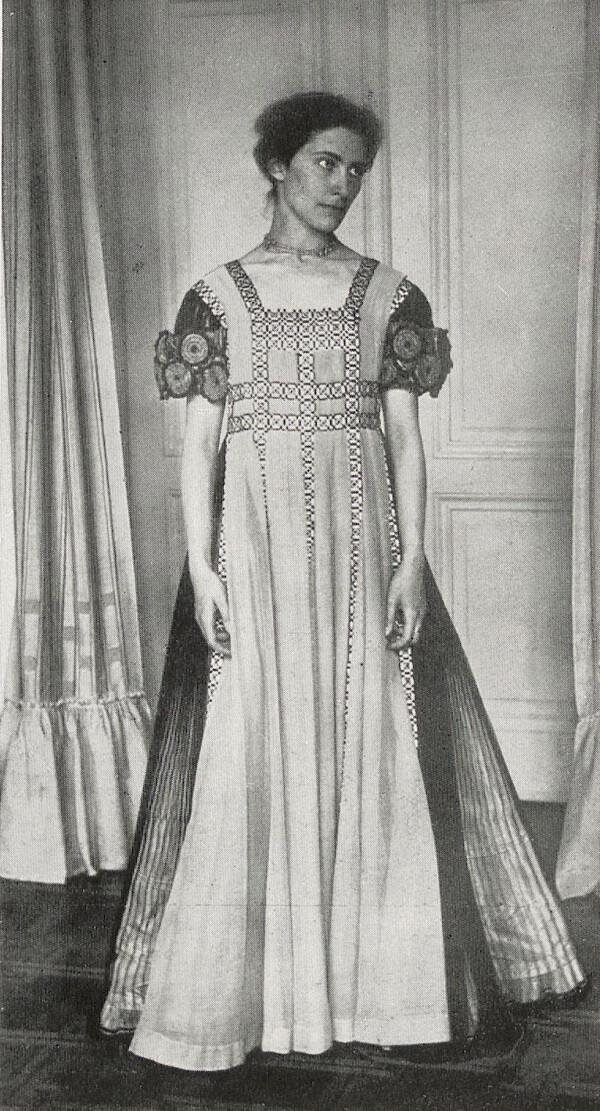
Mileva Roller in a formal dress by Magda Mautner Markhof, 1908, in: Deutsche Kunst und Dekoration, Band 23 (1908/09).
© Heidelberg University Library
Kunstschau and Austrian Artists’ League
After the Klimt Group had left the Secession and Mileva had married Alfred Roller in 1906, her collaboration with the artists surrounding Gustav Klimt intensified. In 1906, the Viennese publisher Verlag Hohe Warte released the book Drei Puppenspiele by Joseph August Lux in a limited edition of 300 copies. It was executed by Hoffmann in the style of the Wiener Werkstätte and illustrated with graphic works by Moritz Jung, Mileva Stoisavljevic and their fellow students Nelly Marmorek, Emma Schlangenhausen and Agnes Speyer. The book used the same decorative vignettes that had been published in Die Fläche in 1901.
In 1908, Mileva participated in the “Kunstschau Wien,” which was organized by Gustav Klimt as its president and his fellow artists. The artists consciously decided not to form an official association, however. Mileva designed two posters for the “Kunstschau” (Theatermuseum, Vienna), which were not executed. The exhibition included a large presentation of her works: Room 21 showed a total of 22 objects by the artist, most of them graphic works as well as a fan and two miniature paintings. One of the miniatures, executed on parchment, was stolen at the exhibition. Mileva also modeled the latest fashion creations by her artist friend Magda Mautner-Markhof at the Kunstschau, together with Elena Luksch-Makowsky, the wife of Richard Luksch. Along with Broncia Koller-Pinell, Editha Moser, Magda Mautner-Markhof and Elena Luksch-Makowsky, Mileva Roller was among those women artists who exhibited their works together with their male colleagues and/or husbands on an equal footing.
When the participants in the “1913 Kunstschau” formed an official association called the Austrian Artists’ League, with Klimt as their president, Mileva Roller became a regular member. As head of the association, Klimt issued an invitation to all members in 1915 to participate in the “Wiener Kunstschau in der Berliner Secession 1916” [“1916 Vienna Kunstschau at the Berlin Secession”]. Mileva also received an invitation, in which she was addressed as “Dear Sir” – a mistake probably due to a generalized draft. She did not participate in the exhibition, however, nor in any of the other exhibitions of the Austrian Artists’ League.
The artist increasingly withdrew from public life. It is presumed that Mileva reduced her artistic activities to spend more time with her family after her two sons were born in 1910 and 1911. The works she created during that time were primarily gifts for friends and family members. Mileva, Dietrich and Ulrich – who became a stage designer, like his father – featured more and more frequently in the works of Alfred Roller. The artist repeatedly portrayed his wife, who was also his muse.
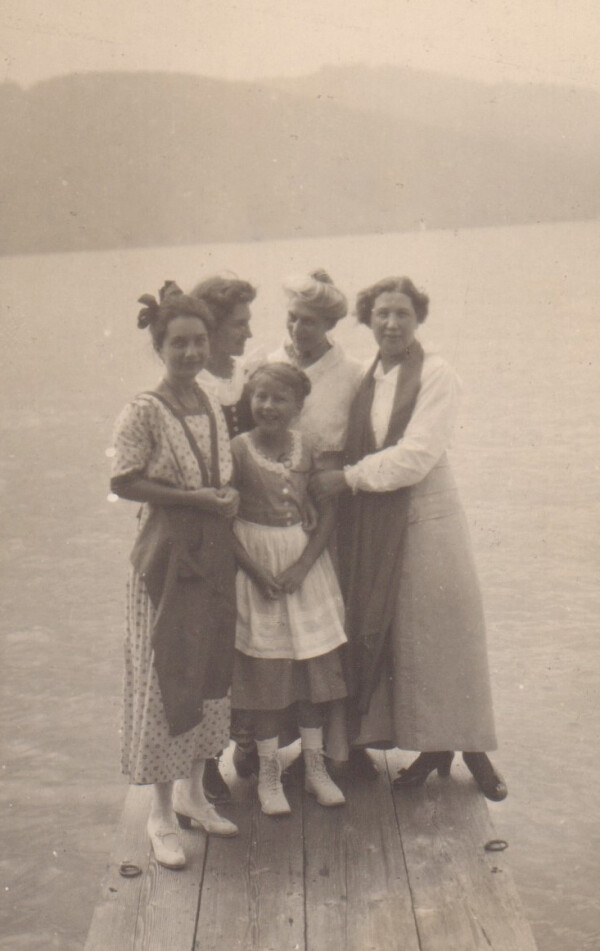
Mileva Roller, Trudl Flöge, Emma Bacher-Teschner and friends on the jetty at Villa Paulick on Lake Attersee
© Klimt Foundation, Vienna
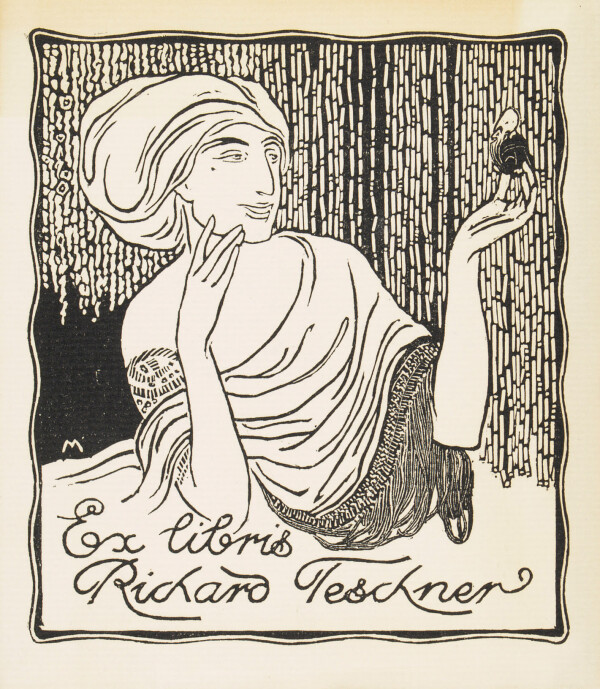
Mileva Roller: bookplate for Richard Teschner, Theatermuseum, Vienna
© KHM-Museumsverband
Klimt, Teschner, Hofmannsthal – Artist Friends
Even after Mileva had retired as an active artist, she did not sever her ties to Gustav Klimt and his social circle. Several correspondences from the years 1908 to 1913 illustrate that Klimt and the Rollers were close friends. Klimt repeatedly visited the family, for instance on 23 June 1912:
“Thank you very much for your kind invitation, I accept it gladly and will see you tomorrow.”
In 1908, Mileva Roller tried to persuade the artist to visit the family during their summer vacation in Schluderbach, South Tyrol. Klimt declined her invitation due to a lack of time caused by a backlog in his work:
“The Rollers are raving about the overwhelming beauty of the landscape in Schluderbach and are urging me to visit them as soon as possible, instead of accepting by telegraph, I will have to decline in the same manner.”
The Rollers also got along well with the Teschners. As early as 1906, Richard Teschner had presented one of his etchings, Hirschpark (Theatermuseum, Vienna), to Mileva, with the dedication: “To Mrs. Stileva R in loyal friendship.” Mileva even designed ex libris for her friends. That of Richard Teschner is now preserved at the Theatermuseum in Vienna, that of his wife Emma Bacher-Teschner at the Austrian National Library.
A photographic picture postcard sent by Richard Teschner to his mother proves that Mileva vacationed with the couple on the Attersee in 1917. The photograph, designated in Emma Bacher-Teschner’s own hand, shows Mileva with Emma, Emma’s niece Gertrude Flöge and two other ladies on the boat jetty of the Paulick Villa. Klimt did not visit the Attersee that particular summer and was thus not part of the group of vacationers. The Hofmannsthals were also close friends of the Roller family and corresponded frequently with Mileva.
Alfred Roller died in 1935, leaving Mileva widowed after 29 years of largely happy marriage. Her son Ulrich died in 1942. Mileva Roller died in Vienna five years later on 5 June 1949. Like her husband and her son, she was laid to rest at Vienna’s Central Cemetery.
Literature and sources
- Deutsche Biographie. Mileva Roller. www.deutsche-biographie.de/sfz107860.html (08/24/2020).
- Bundesministerium für Kunst und Kultur. www.parlament.gv.at/PAKT/VHG/BR/III-BR/III-BR_00282/imfname_040962.pdf (04/19/2020).
- belvedere. Stadt der Frauen. www.belvedere.at/stadt-der-frauen (04/19/2020).
- N. N.: Nachruf Raoul St., in: Salzburger Volksblatt: unabh. Tageszeitung f. Stadt u. Land Salzburg, 08.09.1930, S. 12.
- N. N.: Theater, Kunst und Literatur, in: Neues Wiener Tagblatt, 14.06.1908, S. 13-14, S. 14.
- Stella Rollig, Sabine Fellner (Hg.): Stadt der Frauen / City of Women. Künstlerinnen in Wien 1900–1938 / Female Artists in Vienna 1900–1938, Ausst.-Kat., Lower Belvedere (Vienna), 25.01.2019–19.05.2019, Munich - New York - Vienna 2019.
- Joseph August Lux: Drei Puppenspiele, Vienna 1906.
- Marianne Mühlegger-Henhapel (Hg.): Hugo von Hofmannsthal, Alfred Roller, Richard Strauss, »Mit dir keine Oper zu lang…«. Briefwechsel, Munich - Vienna 2021.
- Ansichtskarte von Gustav Klimt an Attersee an Mileva Roller in Südtirol (09/09/1911). AM 47.396 Ro.
- Brief mit Kuvert von Gustav Klimt in Kammer am Attersee an Mileva Roller in Klobenstein am Ritten (presumably after 1911). AM 47.394 Ro/1-2.
- Brief vom Bund Österreichischer Künstler in Wien an Mileva Roller, unterschrieben von Gustav Klimt (01/19/1913). AM 47.399 Ro.
- Korrespondenzkarte von Gustav Klimt in Wien an Mileva Roller in Wien (04/06/1911). AM 47.395 Ro.
- Korrespondenzkarte von Gustav Klimt in Wien an Mileva Roller in Wien (11/13/1911). AM 47.397 Ro.
- Korrespondenzkarte von Gustav Klimt in Wien an Mileva Roller in Wien (06/23/1912). AM 47.398 Ro.
- Korrespondenzkarte von Gustav Klimt, verfasst von fremder Hand, an Mileva Roller in Wien (11/16/1915). AM 47.400 Ro.
- N. N.: Die Ausstellung der Kunstgewerbeschule des k. k. österreichischen Museum, in: Kunst und Kunsthandwerk. Monatsschrift des k. k. Österreichischen Museums für Kunst und Industrie, 6. Jg., Heft 5 (1903), S. 173-196.
- Vereinigung bildender KünstlerInnen Wiener Secession (Hg.): Ver Sacrum. Mitteilungen der Vereinigung bildender Künstler Österreichs, 6. Jg., Heft 12 (1903), S. 221.
- N. N.: Katalog der Kunstschau Wien 1908, Ausst.-Kat., Exhibition building Lothringerstraße (Vienna), 01.06.1908–15.11.1908, Vienna 1908.
- Wiener Allgemeine Zeitung, 02.07.1908, S. 3.
- Neuigkeits-Welt-Blatt, 29.08.1908, S. 5.
- Deutsche Kunst und Dekoration, Band 23 (1908/09), S. 67.
- Hohe Warte. Illustrierte Halbmonatsschrift zur Pflege der künstlerischen Bildung und der städtischen Kultur, 1. Jg. (1904/05), S. 256.


